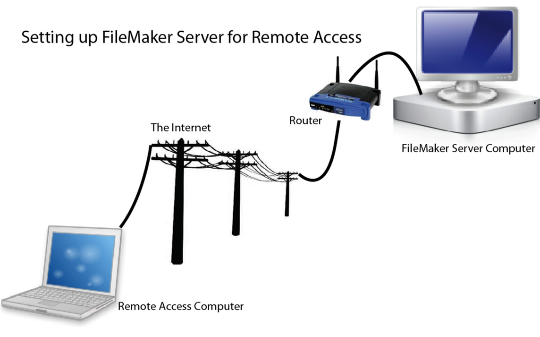

Some firewalls allow selective configuration of UDP or TCP ports with the same number, so it's important to know the type of port you're configuring. If your firewall doesn't allow you to specify the type of port, configuring one type of port probably configures the other.

In a similar way to Security Groups, we’ll need to open at least port 5003 inbound to allow traffic, so click New Rule from the menu on the right. We’ll need to go into Advanced Settings from the list on the left and then click Inbound Rules from the list on the left. When you find a product in this list, search (Command-F) in your browser for that name, then repeat your search (Command-G) to locate all occurrences of that product. This launches the Windows firewall status window. For example, a VPN service can use up to four different ports. Some services might use more than one of these ports. Some software might use different ports and services, so it can be helpful to use port-watching software when deciding how to set up firewalls or similar access-control schemes. This guide is updated periodically with information available at the time of publication. For hosts and ports specific to enterprise networks, learn about using Apple products on enterprise networks. This is a quick-reference guide showing common examples, not a comprehensive list of ports.


 0 kommentar(er)
0 kommentar(er)
